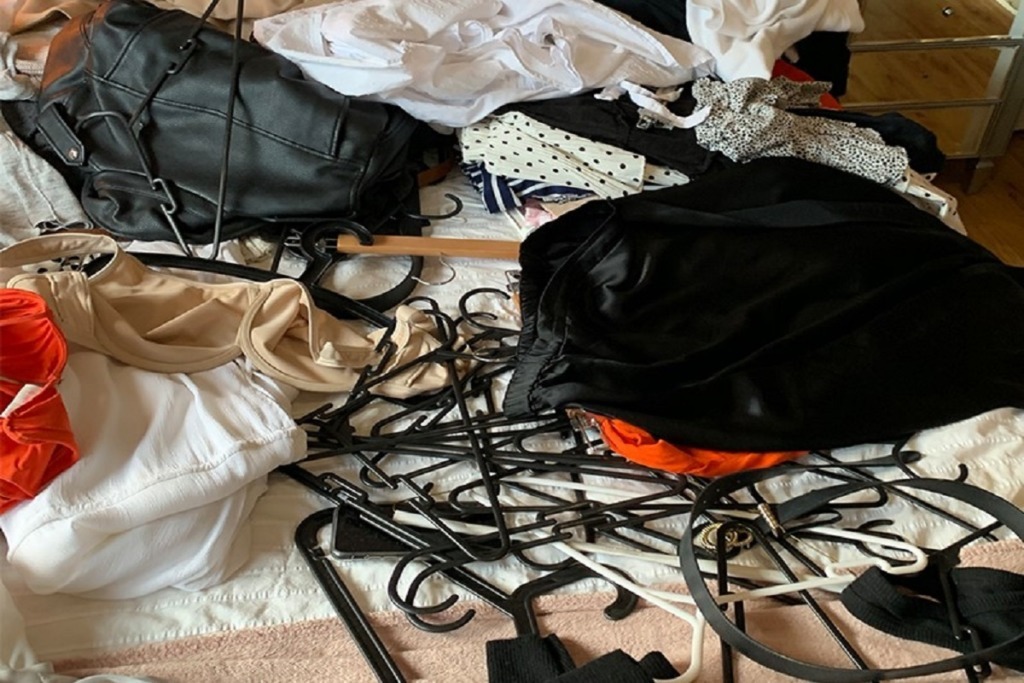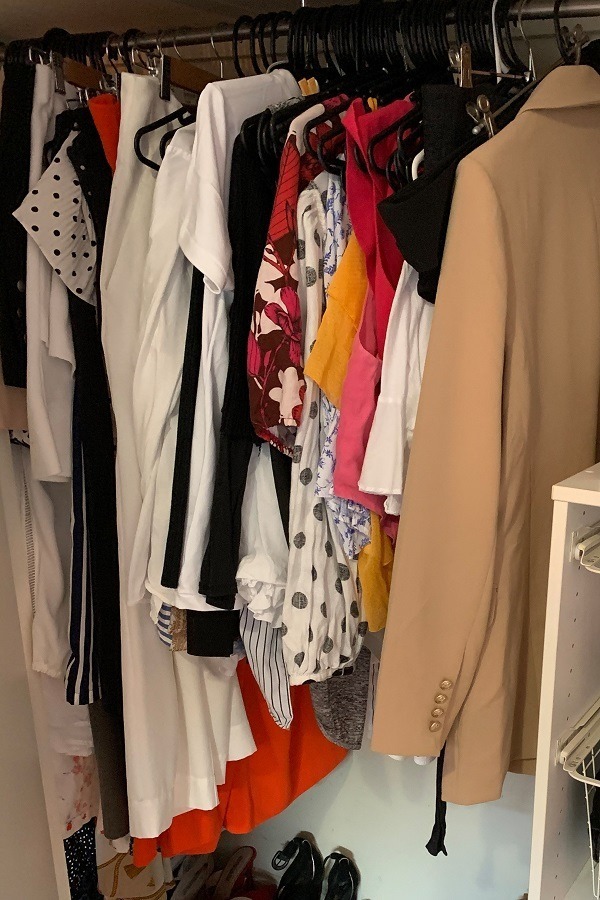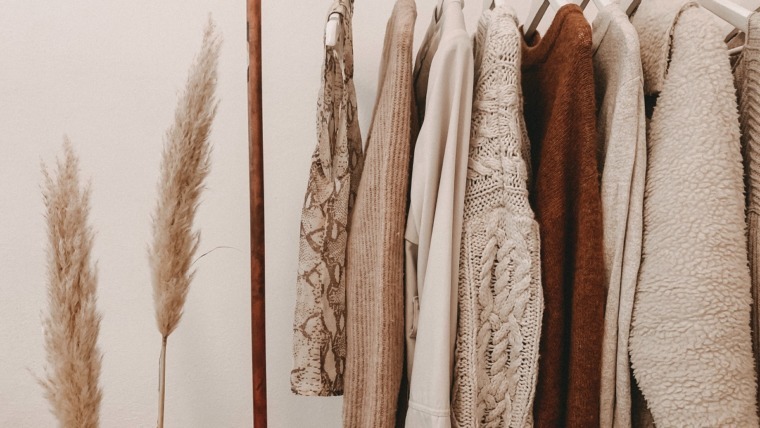
Written by Katrina Naish- A Fitting Connection
The most important thing to do is repeat after me;
“Accept the things I cannot change; Give me courage to change the things I can; and wisdom to know the difference”.
This maybe the serenity prayer from AA but I believe it’s relevant for the simple reason is, that, it’s pretty safe to say that if you’re reading this ‘How To’ article, you haven’t made the most sustainable wardrobe choices in the past. And you know that you need and want to do better.
It’s also really important to understand that choosing to create a sustainable wardrobe takes time, patience and understanding.
Step 1: Understand Your Body Shape, Colours And Style
Understanding how to dress your body in the right colours, fits and styles will not only make shopping for clothes easier it will also ensure you’re not buying clothing that will never be or seldom worn.
If you only do one of these steps, this is a MUST. There are many stylists and companies out there that offer styling advise but here are a few of our pointers.
- Don’t dress to cover your problem areas! Dress to highlight your assets.
- Don’t get sucked into the lasted style or colour trend UNLESS it suits you.
- Understand balance and proportions.
- If several people tell you a colour or style looks good on you, you’re doing something right. Very few people will tell you if something you’re wearing looks terrible.
- Colour should be worn to lift your natural colouring not overshadow you or blend in so much your no longer visible (otherwise known as washing you out).
Step 2: Wardrobe Audit
Once you know the do’s and don’ts for your body then it’s time to audit your wardrobe.
Have the courage to change the things you can!
This could be a confronting process, but it’s a job that must be done and once it is you will feel better, I promise.
You need to be ruthless, there is NO point keeping something because you might wear it, or you might fit into it one day. If you’re not wearing it for whatever reason it HAS TO GO. The only time I will let you off this rule is if you haven’t found the top/bottom to go with it and the style and colour is perfect for you. Or it’s a special occasion item such as weddings etc, but again it must be right for you!
Many stylists will have wardrobe audit as a part of their service. So if you find this process challenging you might want to look into seeking professional support or enlist the help from a supportive friend.
What do you do with the items you no longer want?
Providing the clothing still offers life here are a few options.
- Donate to a charity.
- Keep in mind there are specific charities set up for people returning to work and require interview outfits.
- Sell, rent or swap on platforms such as Populace Threads
- Orgnise a clothing swap with friends or for a charity
What if the clothing isn’t wearable??
Access if the clothing can be repaired or altered so that it can remain in your wardrobe. If an item, can’t it’s time to find it’s next step in its lifecycle. DO NOT toss it in the rubbish!
Here are some options.
- Textile Recyclers Australia
- Upparel
- Kids of the Kerb
- Moving the Needle
Ensuring you send your unwanted clothing to it’s correct destination is really important in your journey to a sustainable wardrobe.
Step 3: Adding value to your wardrobe.
Once you have completed step 1 and 2 there are two things you will notice
- Your wardrobe is no longer busting at the seams. DO NOT be tempted to fill it ever again!
- You will have holes in your wardrobe. By this I mean there are items that you need to complete an outfit.
Once you have established what your missing items are, make a list including the colour required. Be sure these items will be worn in a multiple of outfits.
Now the fun and perhaps hardest thing to do. Go shopping. We recommend this should take place over time and very thoroughly. There is no need to rush out and purchase all your items on your list. Consider what you can and can’t make do without and shop accordingly.

What to shop and where to shop the most sustainable clothing items?
This can be difficult and will often depend on your budget but here are some tips
- Try to purchase items that are made from natural fibres.
- Cotton
- Hemp
- Linen
- Silk
- Wool
- Try second-hand stores and platforms first.
- If buying online ensure they have an easy return policy. This way if you don’t like the fit/style you won’t be hesitant to return the unwanted item. It took me a while as I prefer shopping in store. But I now admit to friends and clients that The Iconic is a hard one to go past for it’s return policy.
- Fabric thickness is important, especially if your buying tee shirts. Make sure that the fabric not only looks good, but it will wear well. For example, once upon a time, tee shirts where all mostly made in 180gm jersey and they use to last for years. But now it’s not uncommon for tees to be made from 130-150gms. The fabric is so thin that they barely last a season.
- Don’t settle for a garment that doesn’t fit right because you can’t find want your looking for. Go without and just keep looking
- Buy items that you find easy to care for. If you don’t like to iron you might want to avoid 100% cotton and linens. They might be more sustainable to earth but it’s not a sustainable item for your wardrobe
- Beware of greenwashing. I won’t lie it’s a juggle out there and it’s hard to get clear pictures of which brands are doing the right thing. But there are websites available such as Ekko World that can cut through some of the noise and make it easier.
As I said at the very start, building a sustainable wardrobe takes time, patience and understanding. You need to be kind to yourself physically and mentally.
Good luck
How to Create a Sustainable Wardrobe How to Create a Sustainable Wardrobe How to Create a Sustainable Wardrobe



